List of 7 Finest Examples of Mughal Architecture
Humayun's Tomb
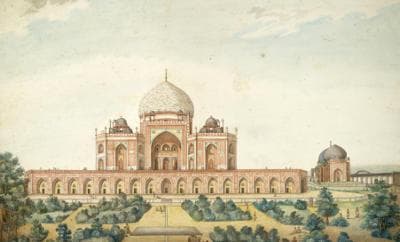
The Humayun’s Tomb is a mausoleum of the Mughal Emperor Humayun (ruled 1530-1540 and 1555-1556). Built by the Emperor’s widow Bega Begum in 1570, the Humayun’s Tomb is the earliest example of Mughal garden-tombs in the Indian subcontinent and one of the earliest examples of the distinct Mughal architectural style that would reach its height with the Taj Mahal. In 1993, UNESCO declared the garden-tomb as a World Heritage Site for its architectural grandeur and for its influence on the later Mughal architecture. The Humayun’s Tomb is located in Delhi near the Old Fort (Purana Qila).
Lahore Fort
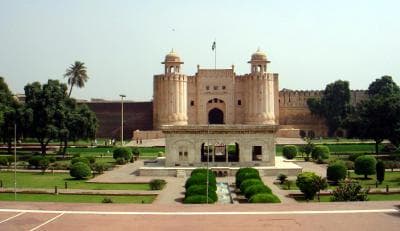
The Lahore Fort was built by the Mughal Emperor Akbar (ruled 1556-1605) in the 1560s on a site of an earlier citadel that had been built, rebuilt and demolished by several Mughal rulers. Akbar’s fort was modified by his successors and later by the British rulers as well but in 1981, UNESCO inscribed it on the World Heritage Site List as one of the finest examples of Mughal architecture. The Lahore Fort is located in the city of Lahore, the capital of the province of Punjab in Pakistan.
Taj Mahal

The crown-jewel of Mughal architecture and one of the most famous buildings in the world was built by Shah Jahan between 1632 and 1653 as a mausoleum for his wife Mumtaz Mahal. The white marble monument of the Emperor’s love for his wife was recognized as a UNESCO World Heritage Site in 1983. The Taj Mahal which is also the final resting place of Shah Jahan (he was buried next to his beloved wife) is located in the city of Agra, about 125 miles south from New Delhi.
Red Fort
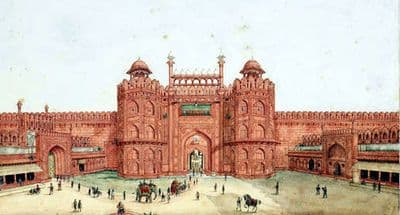
The Red Fort was the principal residence of Mughal rulers from 1648 when it was built until 1857 when the last Mughal Emperor (albeit only by the title) Bahadur Shah II was exiled from Delhi by India’s British rulers. The fort was built by Shah Jahan who decided to move the capital of his empire from Agra to Delhi. In 2007, UNESCO designated it as a World Heritage Site for its architectural splendor.
Shalimar Gardens
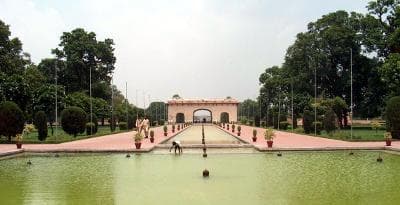
Less than 5 miles from the beautiful Lahore Fort is another masterpiece of Mughal architecture – the Shalimar Gardens. Commissioned by Shah Jahan in 1642, the nearly 40 acre walled gardens remained exceptionally well preserved thanks to the Mian Family that took care of it until the early 1960s when it was nationalized. In 1981, the gardens was recognized as a UNESCO World Heritage Site alongside the Lahore Fort.
Jama Masjid

Jama Masjid, widely regarded as one of the finest examples of the unique Mughal architectural style was built by Shah Jahan as well. Completed in 1656, the spectacular mosque is still the largest mosque in India. Dominating the skyline of Old Delhi with its four towers, three colossal domes and two 131 feet tall minarets, the Jama Masjid mosque can receive as many as 25,000 people.
Badshahi Mosque
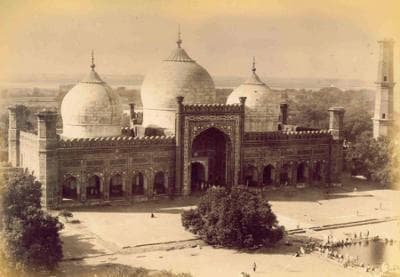
Built by Shah Jahan’s son and successor Aurangzeb (ruled 1658-1707), the Badshahi Mosque was the largest mosque in the world when completed in 1673. It lost the title of the world’s largest mosque in 1983, however, it remains one of the top 10 largest mosques in the world. It’s style is reminiscent to that of Jama Masjid in Delhi but it is much larger as it has a capacity for 100,000 people.